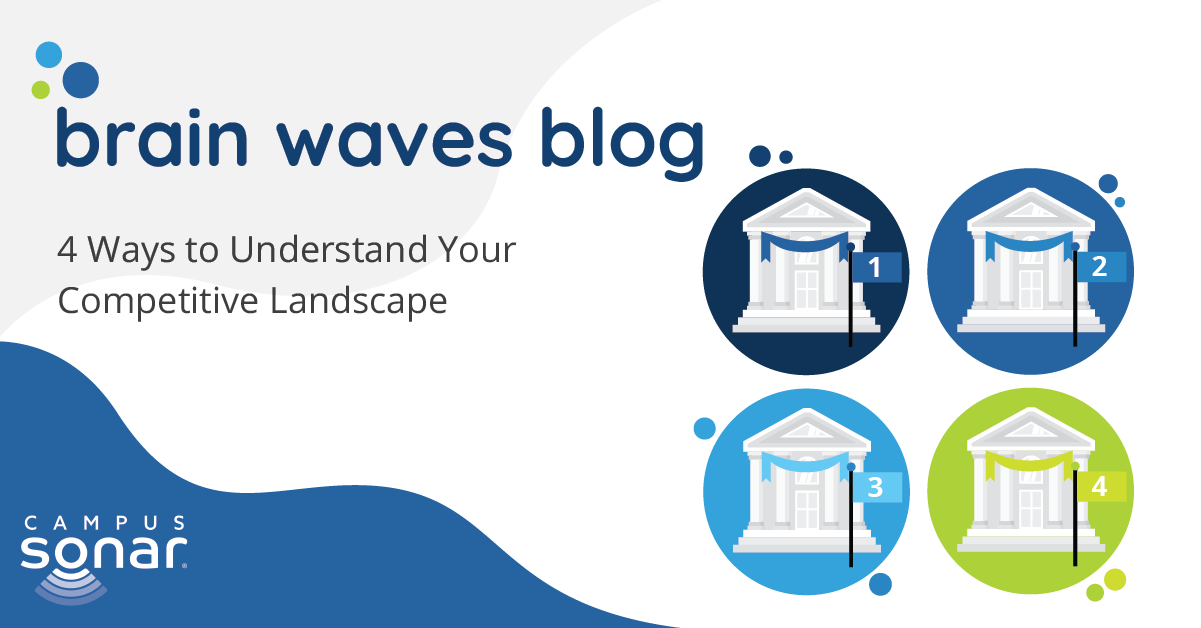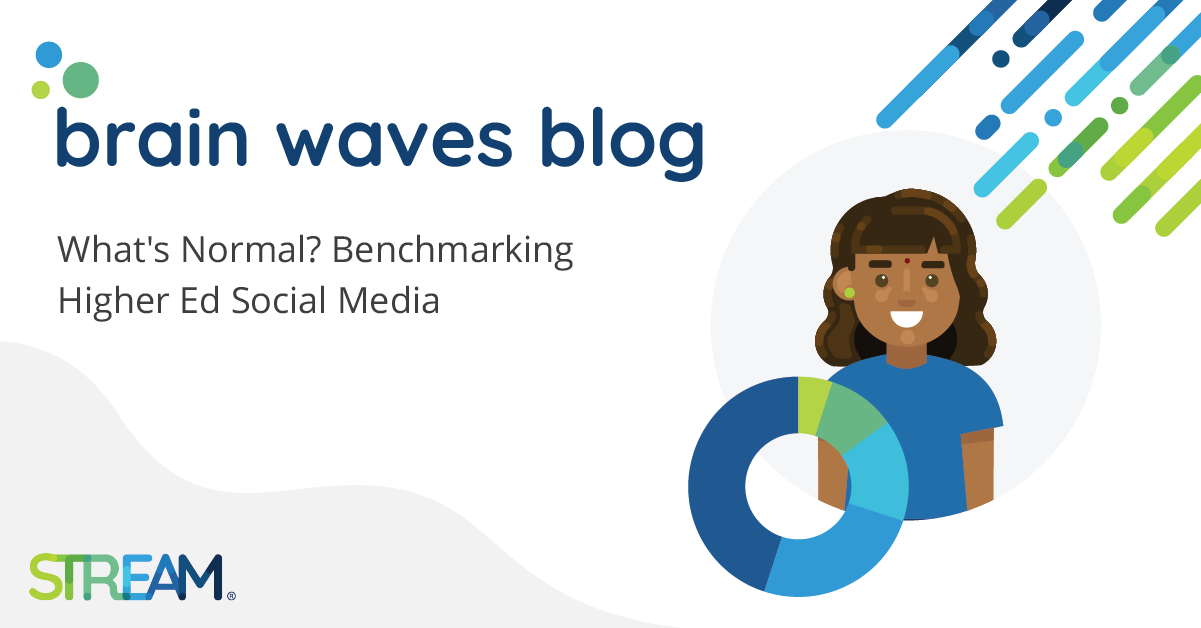Why followers and engagement rate don't matter and how marketers should measure social media to better reflect campus priorities.
“Getting more followers” or “going viral” isn’t why campuses invest in social media. They invest because it’s a primary communication channel used to increase brand awareness and equity, build alumni affinity, recruit students by increasing applications or yield, or any other number of objectives found in a campus strategic plan. The metrics we use to measure it should assess those goals. Yet many social media managers and their CMOs are tied to vanity metrics like followers or engagement rate without a clear path to change. That’s one reason “Goals and Purpose” is the first chapter of my new book, Fundamentals of Social Media Strategy: A Guide for College Campuses. When campus social media efforts align with campus priorities, the way we measure social media changes.






